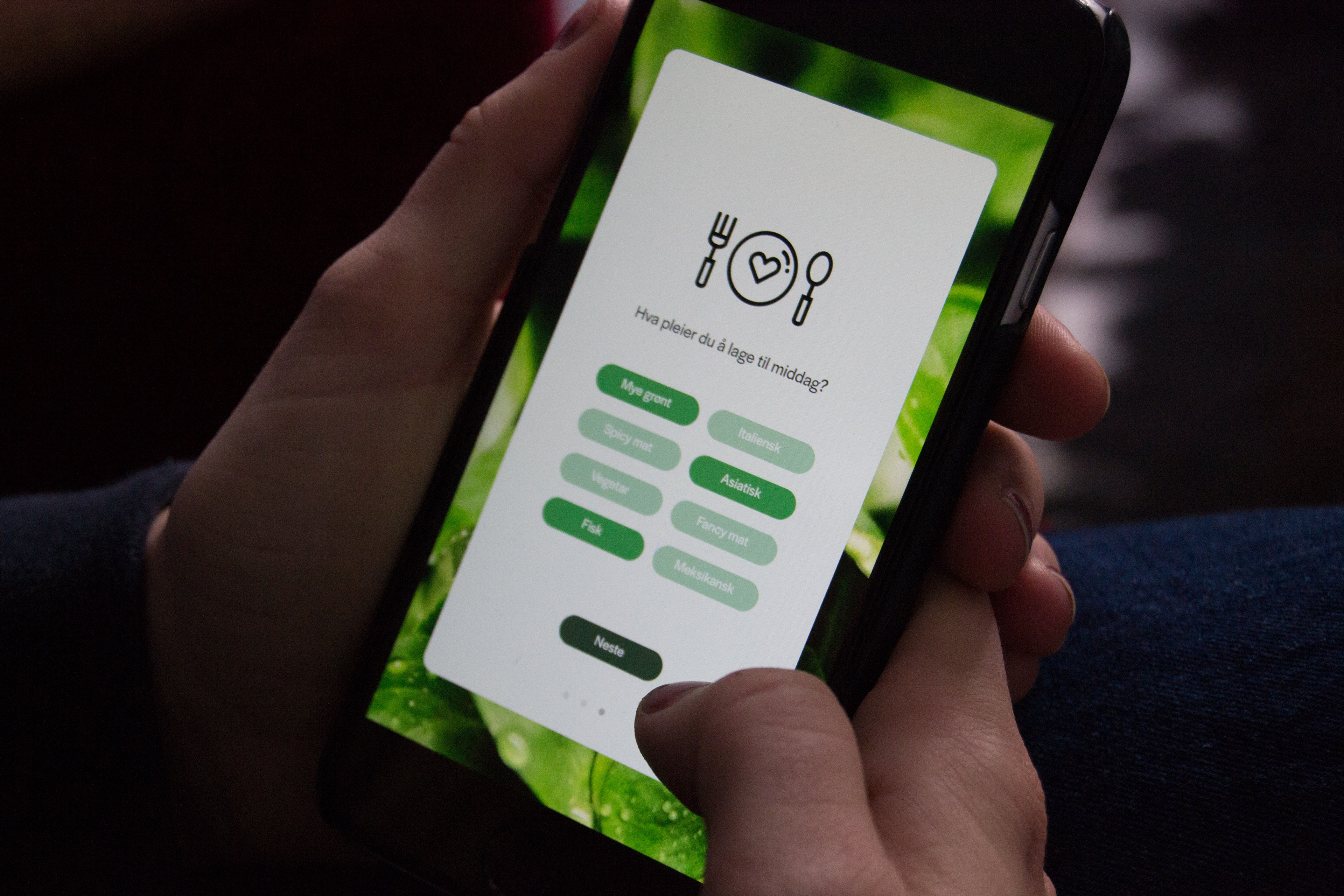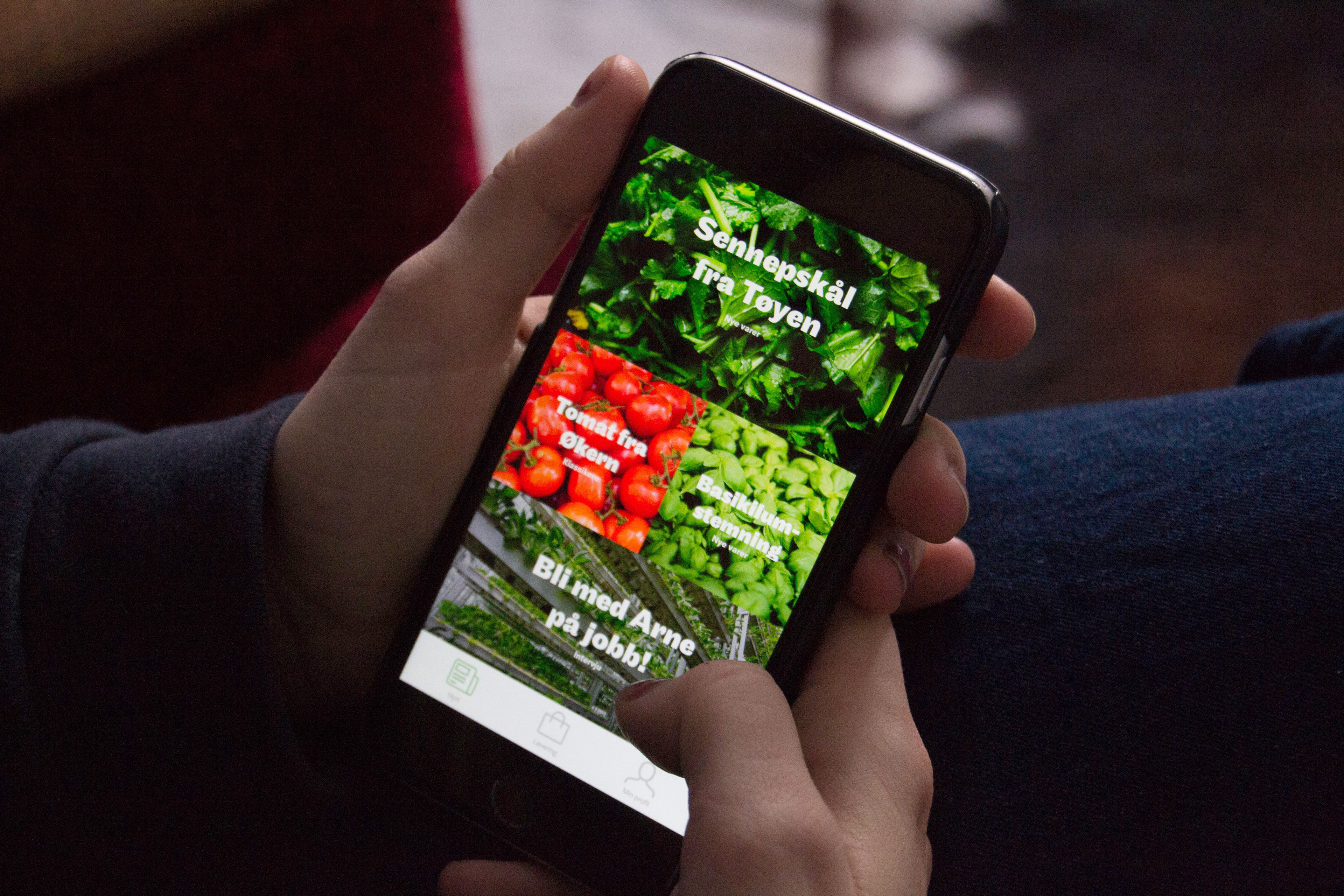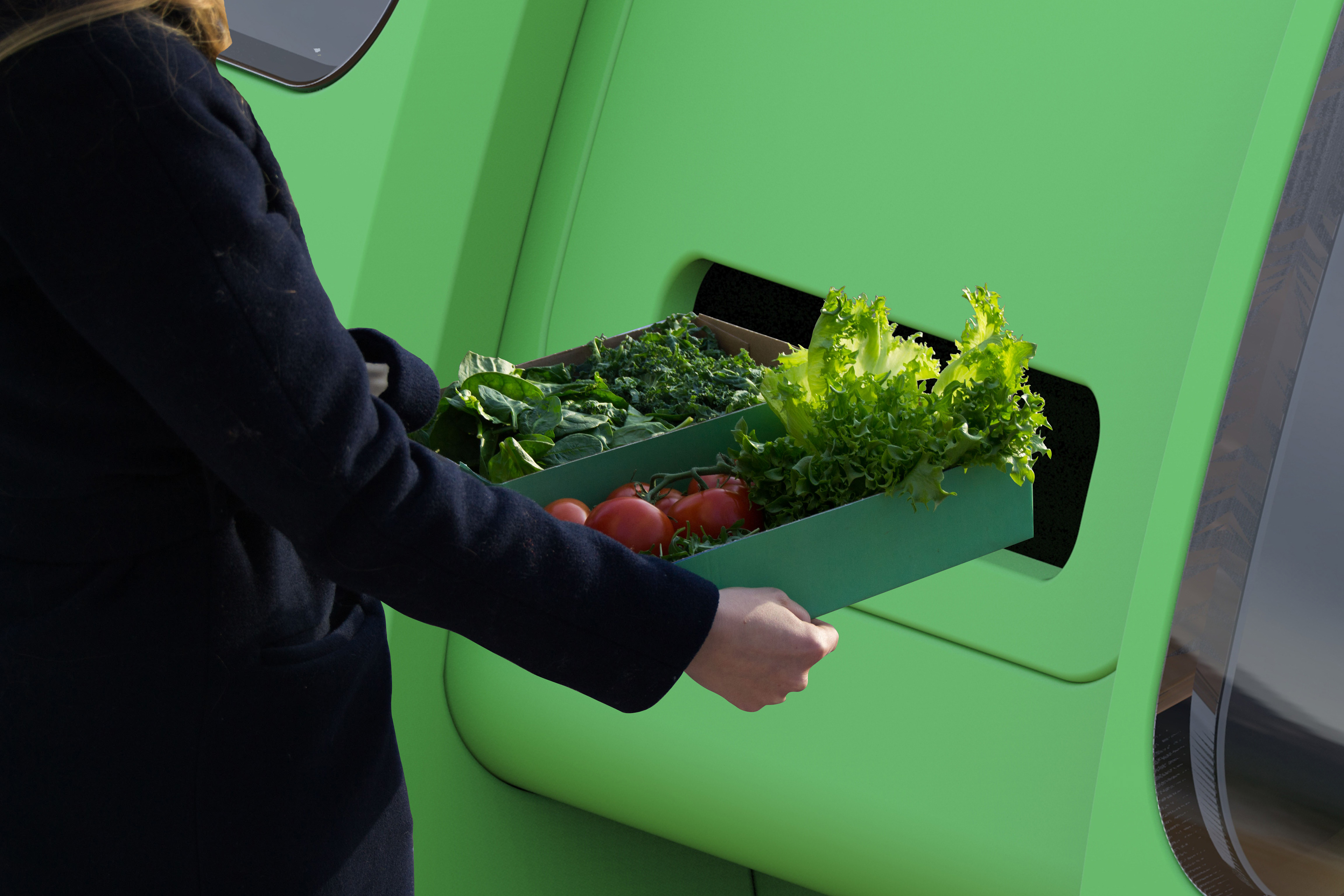More than 50% of all people on the planet live in cities and more than 50% of all livable land is used for food production.
The world’s population is still growing and there is a desperate need for clean water, crop land and food.
Deforestation accounts for 40 times the amount of CO2 emissions compared to fossile fuels and NASA estimates that all forests will disappear within 100 years if the current development continues.
The world’s population is still growing and there is a desperate need for clean water, crop land and food.
Deforestation accounts for 40 times the amount of CO2 emissions compared to fossile fuels and NASA estimates that all forests will disappear within 100 years if the current development continues.
AHO Systems oriented design project 2018 by Thomas Wang, Elias Olderbakk, Alvilde Jerpseth, Gustav Tråberg, Geir Hustoft and Martin Pangy Rojas Bøckman
Norway’s consumption of greens and vegetables is today controlled by 3 major companies with a majority of 69% imported goods, which contributes to vast amounts of energy wasted in transport and water.
At the same time Norway has a political goal of beeing 20% more self sustained within 2020. Organicly grown food is in the rise but uses 25% more land and water than conventional agriculture. Is a organic tomato from Spain better for the environment than a non-organic one from Norway?
At the same time Norway has a political goal of beeing 20% more self sustained within 2020. Organicly grown food is in the rise but uses 25% more land and water than conventional agriculture. Is a organic tomato from Spain better for the environment than a non-organic one from Norway?
We researched how indoor closed loop systems, hydroponic farming and autonomous robots could be linked solve some of these problems.
We found that today norwegian greenhouses with its 2k acres generates equal economic value as 3000k acres of traditional farmland.
In collaboration with Semcon Devotek we developed “Dyrkelaget” a user centered service based on autonomous urban hydroponic farming. It includes an autonomous farming robot that prepares and controls growth of vegetables in a closed environment linked up to a user driven distribution network based on local supply and demand.
The autonomous robot moves crops, and LED modules around the hydroponic vertical farm as the plants grow and develop.
The autonomous robot moves crops, and LED modules around the hydroponic vertical farm as the plants grow and develop.
End users and local restaurant owners get insight into new and upcoming crops by farms nearby through the Dyrkelaget app or website. A monthly fee based on users needs.






Sketching and gigamapping